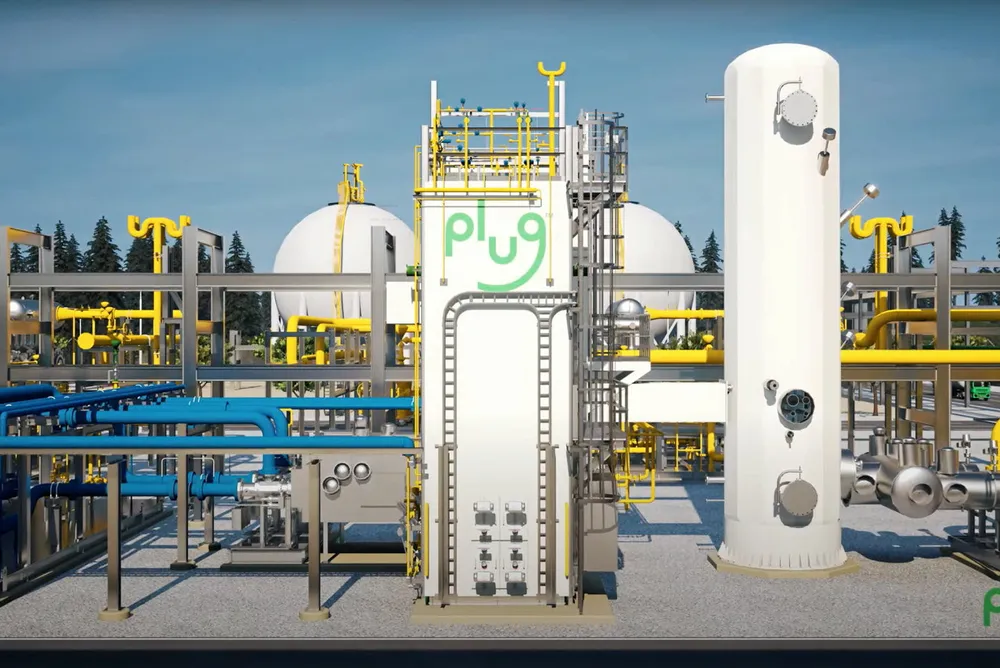Simpler regulatory ride? | Plug Power plans three green hydrogen plants in Finland totalling 2.2GW
Low-carbon Finnish grid makes H2 production there more ‘straightforward’, says electrolyser maker — but it will still need to prove it is using renewables not nuclear
